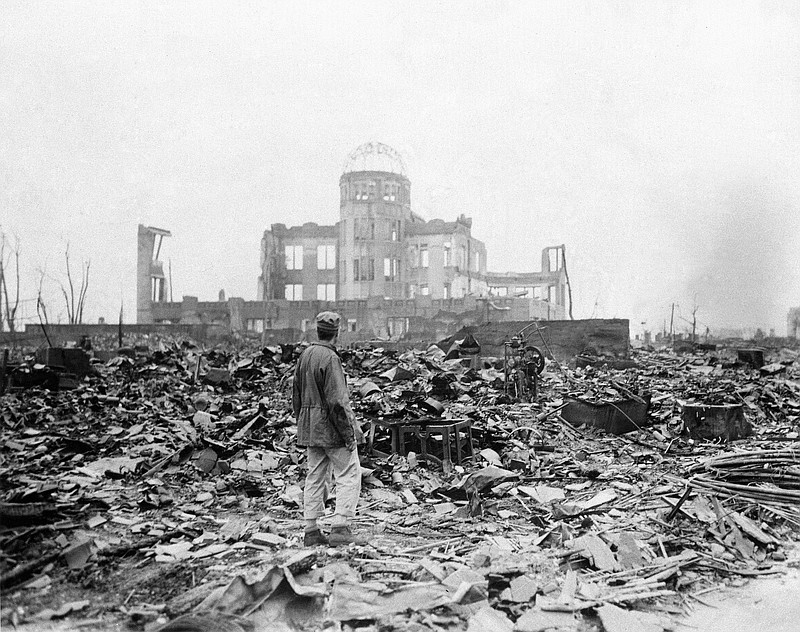HIROSHIMA, Japan (AP) - Last month, with a handful of black-and-white archival photos in hand, I set out with my camera to document how Hiroshima had changed, 70 years after the atomic bomb.
I grew up in Yokohama, and had never been to this western Japanese city before, though I had seen plenty of images on television.
My first impression was of a modern city on a steamy summer day. I imagined the same intense heat, even in the morning, had greeted people headed to work on the morning of Aug. 6, 1945. At 8:15 a.m., still 2,000 feet above the ground, the falling bomb detonated, forever changing their lives.
Some 90 percent of the city was destroyed, which is why it looks so new today. An estimated 140,000 people died in a city of 350,000, including those who succumbed to severe radiation exposure through the end of 1945.
The 1959 movie "Hiroshima Mon Amour" left a strong impression on me. The city as portrayed in the movie looked like any other, just 14 years after the devastation. I wondered how an outsider - a visiting French actress in 1959, or me today - could fully understand what had happened.
When I was traveling abroad 30 years ago, a man asked me a question: "Are there any trees, does grass grow in Hiroshima?"
I was shocked; I knew that trees and flowers grew the same as anywhere in the world.
The city I found was very much rebuilt and alive, with a population today of 1.2 million. The streetcars are packed again. The stark wasteland seen in the black-and-white photos taken soon after the bombing is but a memory.
The remains of one building stand on a river bank in the same place as 70 years ago. The Atomic Bomb Dome, now a U.N. World Heritage Site, has become the iconic image of Hiroshima.
It wasn't as big as I had imagined. Then I thought, the building itself may be small, but its meaning is huge to all of us human beings.
A young couple passed by the dome, hand-in-hand. Before the atomic bomb, did many couples walk by like them?
___
Follow AP photographers and photo editors on Twitter: http://apne.ws/15Oo6jo
